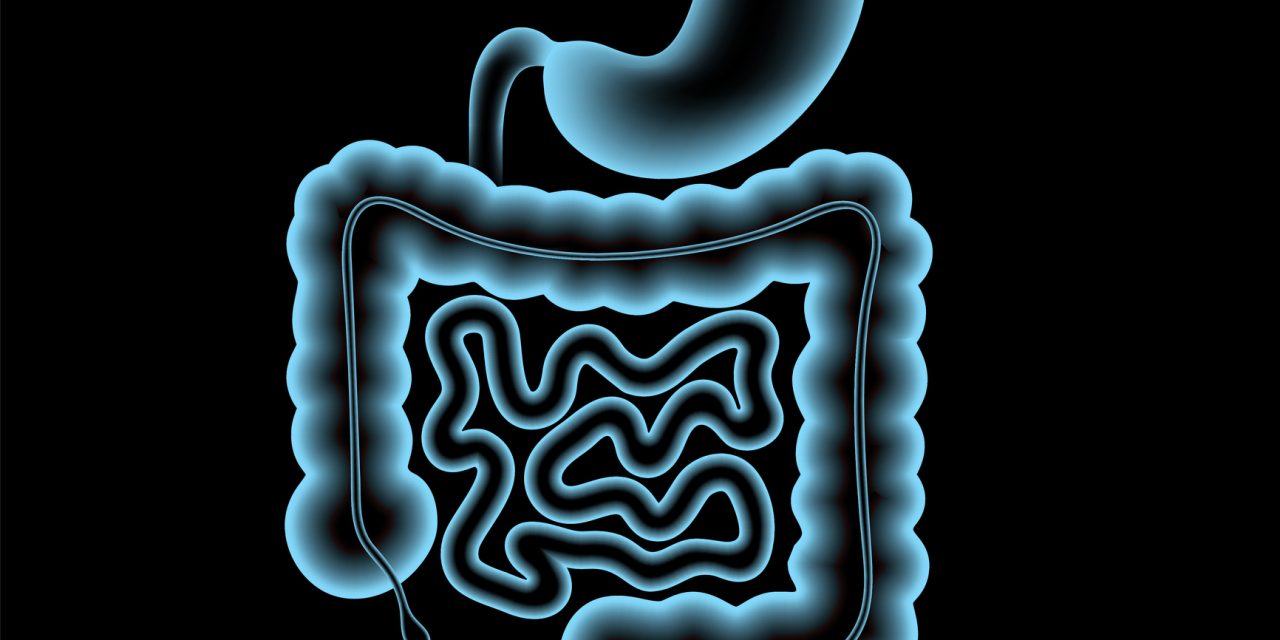This study evaluated the usefulness of artificial intelligence (AI) algorithms as tools in improving the accuracy of histologic classification of breast tissue.
Overall, 100 microscopic photographs (test A) and 152 regions of interest in whole-slide images (test B) of breast tissue were classified into 4 classes: normal, benign, carcinoma in situ (CIS), and invasive carcinoma. The accuracy of 4 pathologists and 3 pathology residents were evaluated without and with the assistance of algorithms.
In test A, algorithm A had accuracy of 0.87, with the lowest accuracy in the benign class (0.72). The observers had average accuracy of 0.80, and most clinically relevant discordances occurred in distinguishing benign from CIS (7.1% of classifications). With the assistance of algorithm A, the observers significantly increased their average accuracy to 0.88. In test B, algorithm B had accuracy of 0.49, with the lowest accuracy in the CIS class (0.06). The observers had average accuracy of 0.86, and most clinically relevant discordances occurred in distinguishing benign from CIS (6.3% of classifications). With the assistance of algorithm B, the observers maintained their average accuracy.
AI tools can increase the classification accuracy of pathologists in the setting of breast lesions.
© American Society for Clinical Pathology, 2020. All rights reserved. For permissions, please e-mail: journals.permissions@oup.com.
Artificial Intelligence Improves the Accuracy in Histologic Classification of Breast Lesions.


